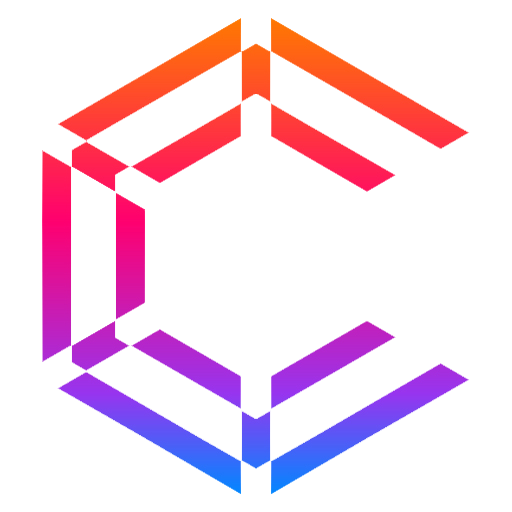Data refers to the symbols that represent people, events, things, and ideas. Data can be a name, a number, the colors in a photograph, or the notes in a musical composition
Data Representation refers to the form in which data is stored, processed, and transmitted.Devices such as smartphones, ipodsand computer store data in digital formats that can be handled by electronic circuitry.
Digitization is the process of converting information, such as text, numbers, photo, or music, into digital data that can be manipulated by electronic devices.
The Digital Revolution has evolved through four phases, beginning with big, expensive, standalone computers, and progressing to today’s digital world in which small, inexpensive digital devices are everywhere.
Introduction
Data stored in different kinds
- Numeric (0,1,2..9)
- Alphabetic (A, B, C…Z)
- Alphanumeric
- Special Characters
All of them is represented in terms of 0s and 1sAnd their unique combinations
Our discussion is focus on following number systems
- Decimal number
- Binary number system,
- Octal number system, and
- Hexadecimal number system
Base or Radix
| Base / Radix | Name |
| 2 | Binary system |
| 8 | Octal system |
| 10 | Decimal system |
| 16 | Hexadecimal system |
NUMBER SYSTEM
Face value
Face value of a digit in a number is the value of the digit itself. Wherever it appears.
Place value/Position Value
Place value of a digit in a number is the value of the digit where it to appear.
Eg
1. 768534, find place value and face value of 5 in given no;
Face Value of 5 is ; 5
Place Value of 5 is; 5*100= 500
2. 0.03721; find place value of 3.
Another way;
The Place Value/Position value of a digit is 【BasePosition】
In 768534 Place Value/Position valueof 5 is = 102–>5*102
A number in a particular base is written as 【(number)base of number】For example, (23)10 means that the number 23 is a decimal number(345)8 shows that 345 is an octal number.
A. Decimal Number System
It consists of 10 digits number—0, 1, 2, 3, 4, 5, 6, 7, 8 and 9.
probably the most commonly used number system
All number in this numbering system are combination of 0-9 digits
Represented by base or radix 10/ base 10 number system
| Position | 3 | 2 | 1 | 0 | -1 | -2 | -3 |
| Position Value | 103 | 102 | 101 | 100 | 10-1 | 10-2 | 10-3 |
| Quantity | 1000 | 100 | 10 | 1 | 1/10 | 1/100 | 1/1000 |
B. Binary Number System
The binary number system consists of two digits—0 and 1.
All binary numbers are formed using combination of 0 and 1.
All number in this numbering system are unique combination of 1s & 0s
Represented by base or radix 2
| Position | 3 | 2 | 1 | 0 | -1 | -2 | -3 |
| Position Value | 23 | 22 | 21 | 20 | 2-1 | 2-2 | 2-3 |
| Quantity | 8 | 4 | 2 | 1 | 1/2 | 1/4 | 1/8 |
C. Octal Number System
The octal number system consists of eight digits—0 to 7.
All octal numbers are represented using these eight digits
Also called“oct”in short, is the base-8 number system
| Position | 3 | 2 | 1 | 0 | -1 | -2 | -3 |
| Position Value | 83 | 82 | 81 | 80 | 8-1 | 8-2 | 8-3 |
| Quantity | 512 | 64 | 8 | 1 | 1/8 | 1/64 | 1/512 |
D. HexaDecimal Number System
The hexadecimal number system consists of sixteen digits—0 to 9, A, B, C, D, E, F, where (A is for 10, B is for 11, C-12, D-13, E-14, F-15).
All hexadecimal numbers are represented using these 16 digits.
In short “hex”
Base 16 Number System
| Position | 3 | 2 | 1 | 0 | -1 | -2 | -3 |
| Position Value | 163 | 162 | 161 | 160 | 16-1 | 16-2 | 16-3 |
| Quantity | 4096 | 256 | 16 | 1 | 1/16 | 1/256 | 1/4096 |
| Decimal | Binary | Octal | Hexadecial |
| 0 | 0000 | 0 | 0 |
| 1 | 0001 | 1 | 1 |
| 2 | 0010 | 2 | 2 |
| 3 | 0011 | 3 | 3 |
| 4 | 0100 | 4 | 4 |
| 5 | 0101 | 5 | 5 |
| 6 | 0110 | 6 | 6 |
| 7 | 0111 | 7 | 7 |
| 8 | 1000 | 10 | 8 |
| 9 | 1001 | 11 | 9 |
| 10 | 1010 | 12 | A |
| 11 | 1011 | 13 | B |
| 12 | 1100 | 14 | C |
| 13 | 1101 | 15 | D |
| 14 | 1110 | 16 | E |
| 15 | 1111 | 17 | F |
Signed And Unsigned Number
